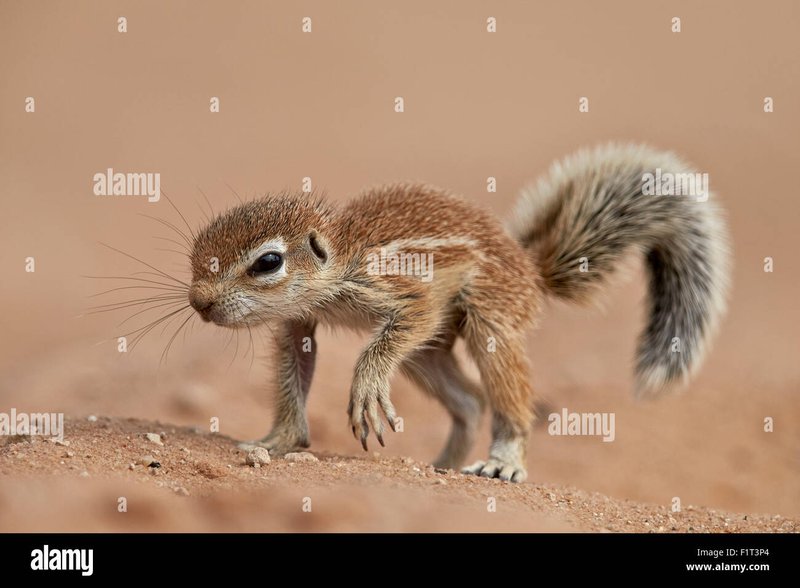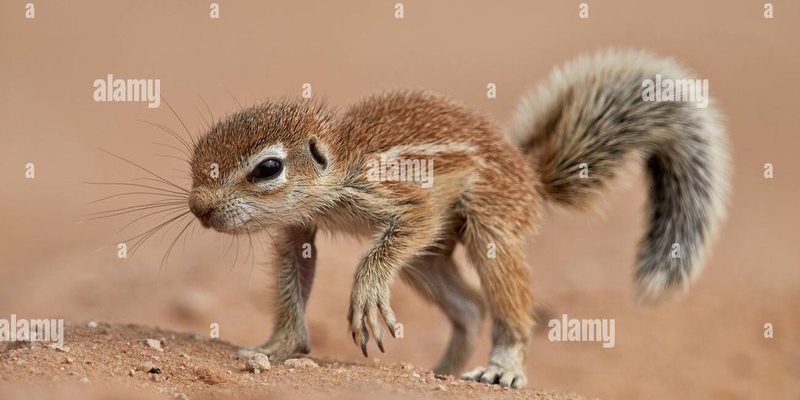
You might be surprised to learn that the **xeruss**, or *xerus*, isn’t just a singular species; it includes several different types found across various regions. These creatures have adapted to their unique surroundings over time, showcasing the beauty of nature’s diversity. In this article, we’ll explore the habitats and distribution of xeruss in detail, so you can better understand these fascinating animals and the environments they thrive in.
What Are Xeruss?
Before we dive into their habitats, it’s important to understand what xeruss are. Xerus species, commonly known as African ground squirrels, belong to the sciurid family, which includes all types of squirrels. Unlike their tree-dwelling cousins, xeruss are ground dwellers, spending most of their time on the earth’s surface. These social little creatures often live in colonies, making their lives a bustling hub of activity.
You might be wondering why they’re such interesting animals. Here’s the thing: xeruss have distinct physical features, like their long bushy tails and strong hind legs, which help them dig and navigate their underground burrows. They use these burrows not just for shelter, but also for storing food and escaping predators.
Geographic Distribution of Xeruss
So, where do you find these cute little guys? Xeruss are primarily found in Africa, with a significant distribution in the savannas and arid zones of the continent. They thrive in countries like Botswana, Namibia, South Africa, and parts of East Africa.
Their preference for certain regions comes down to climate and food sources. Xeruss are well-adapted to areas with sparse vegetation. They often inhabit grasslands or scrublands, where they can easily find seeds, nuts, and other plant materials to munch on. If you picture the African plains, with their dry grass and scattered shrubs, you can almost see a group of xeruss playing and foraging in the sunshine.
Types of Xeruss and Their Specific Habitats
You might not realize this, but there are different species of xeruss, each with its unique habitat preferences. Here’s a brief overview:
- Common Xerus (Xerus inauris): This is the most widespread species, often found in the more temperate regions of southern Africa.
- Western Xerus (Xerus erythropus): This species prefers the drier and more arid areas of the west African savannas.
- Eastern Xerus (Xerus rutilus): Found mostly in eastern Africa, this type has adapted to slightly different vegetation and climate conditions.
Each of these species has unique adaptations that help them survive in their respective environments. For example, the Common Xerus has a rather thick fur coat that protects it from temperature fluctuations, while the Western Xerus has adapted to conserve water in its arid habitat.
Typical Habitat Characteristics
Let’s take a closer look at what makes a xeruss habitat ideal. Generally, these environments share a few key characteristics:
1. **Soil Type**: Xeruss prefer loose, sandy, or loamy soil, making it easier for them to dig and create deep burrows. Their homes can be quite elaborate, with multiple chambers for different purposes.
2. **Vegetation**: While they thrive in areas with sparse vegetation, xeruss still need enough plant life to provide food. They often choose habitats with clusters of grasses or low shrubs, where they find seeds and nuts.
3. **Shelter**: Burrows are essential to their survival. These underground homes not only protect them from predators but also provide shelter from harsh weather conditions. You could think of their burrow systems as little underground apartments, complete with bedrooms for sleeping and storerooms for food!
Threats to Xeruss Habitats
Sadly, xeruss are facing threats that can disrupt their delicate ecosystems. Some of the main challenges include:
– **Habitat Loss**: Urban expansion and agricultural practices often lead to the destruction of xeruss habitats. As fields replace grasslands, these little squirrels lose their homes and food sources.
– **Climate Change**: Changes in climate affect the availability of their preferred foods and can alter the landscape they depend on. Warmer temperatures might push xeruss into less hospitable areas.
– **Predation**: While they have adapted to escape many predators, an increase in predators due to habitat encroachment can make life even tougher for xeruss.
The Importance of Conservation
You might be wondering why we should care about these little ground squirrels. Well, here’s the thing: **xeruss play an important role in their ecosystems**. By digging burrows, they help aerate the soil, making it more conducive for plant growth. They also act as seed dispersers, aiding in the propagation of various plant species.
Conservation efforts are vital to ensure the survival of xeruss and their habitats. National parks and reserves, which protect these animals’ natural environments, are essential for preserving biodiversity. Community awareness and participation can also promote the importance of protecting these regions, allowing xeruss to thrive for generations to come.
How You Can Help
Now, you might feel inspired to help these adorable little creatures. Here are some simple ways you can contribute:
– **Support Conservation Organizations**: Look for groups that focus on wildlife conservation in Africa. Your donations can make a significant impact.
– **Spread Awareness**: Sharing information about xeruss and their habitats can help raise awareness. The more people know, the greater the chance for conservation efforts!
– **Visit Responsible Tourism Sites**: If you’re considering a trip to Africa, choose eco-friendly tours that emphasize wildlife safety and habitat preservation.
In conclusion, xeruss are more than just cute ground squirrels scurrying about. They are a crucial part of their ecosystems, enhancing soil health and contributing to biodiversity. By understanding where they live and what they need to thrive, we can help protect these charming little creatures and the habitats they call home. So, next time you think of wildlife, remember that even the tiniest of creatures play a big role in our world. Let’s work together to ensure their future!

